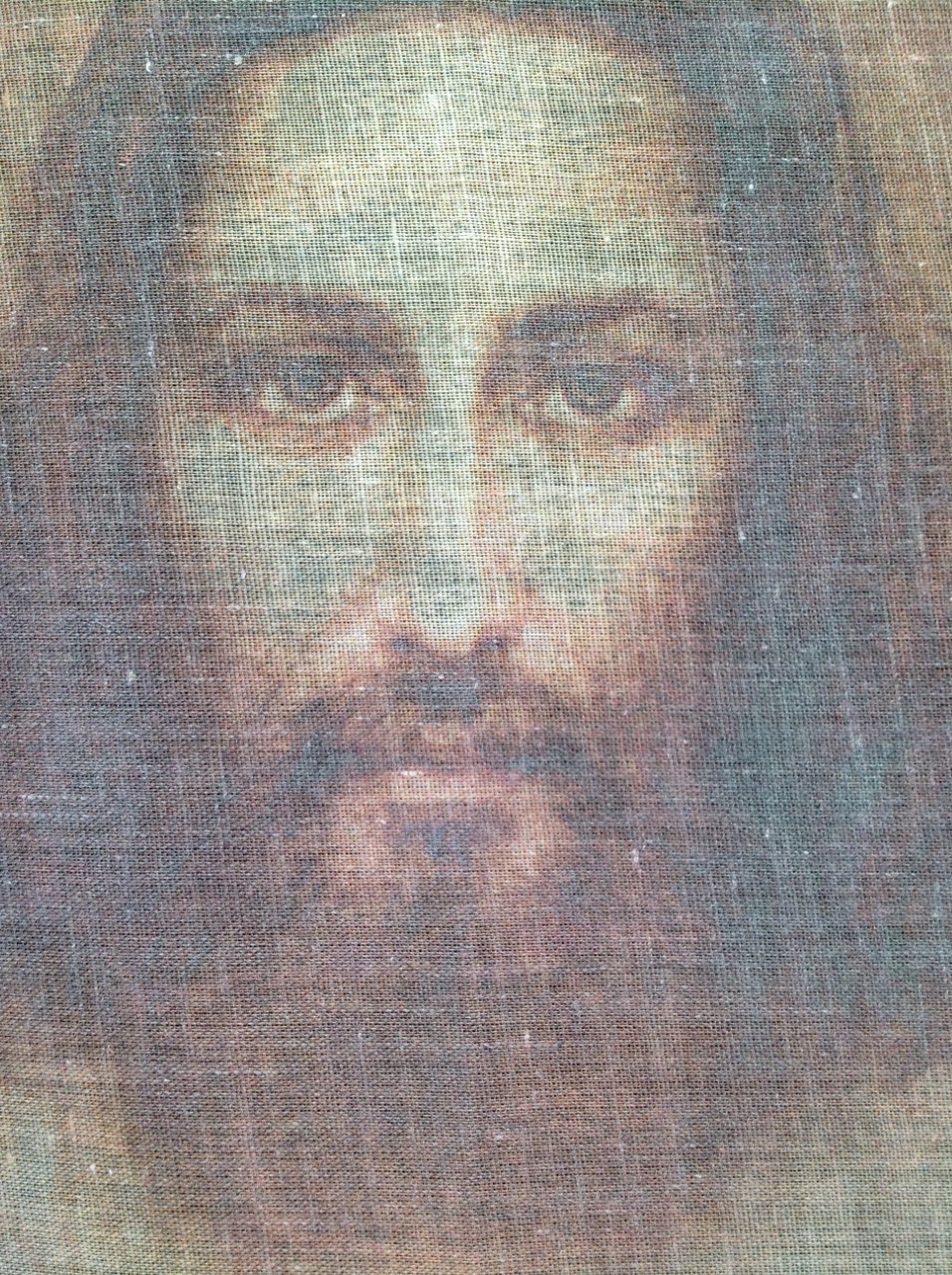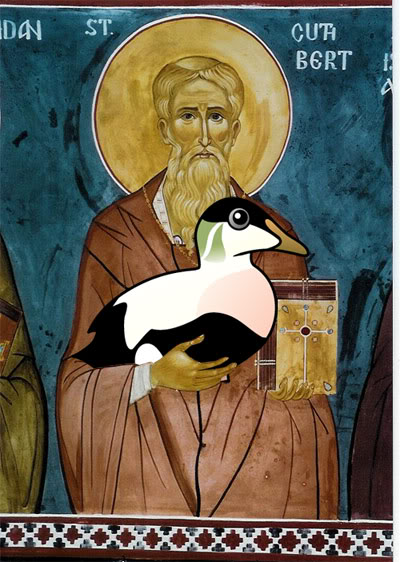There are a number of songs to choose from. You don’t need to listen to them all. If a title catches your imagination listen to that one as your preparation for entering into a time of silence with God . Then the other songs in preparation for you to enter the theme. It is your choice, do everything or enter where you desire.


Be Still Psalm 46 (Trish And Richard Bruxvoort-Colligan):
Bless the Lord O my Soul:
- Silence
- How are things going (share what is on the heart at the level you feel comfortable)
- Pray
- Song – sing together or listen to a song that is theme of class
Breathe:

What to learn from the Celts?
The Celts believed in a redeeming from the curse, a restoration to the time of Paradise. Walking in the garden once more, talking with the Divine, and enjoying God’s presence and the gift of creation, having been given the garden of the world for our pleasure.
1) Embraced by God/Christ through community.
To embrace Celtic Christian Spirituality, it is through the awareness of the sacred. Life is sacred, friendship, God, moments in creation, and hospitality is given. To know God’s presence, we like God are to welcome the stranger, welcome the new opportunities, look for new experiences. To come back to faith with curiosity, viewing with the eyes of a child, as if encountering God for the very first time.
Knowing we are Being Loved, accepted, and welcomed by God, allows us to do likewise to all people. We are the hands and feet of Christ today. You and I represent God to humanity, allowing for connection to spirit, we are the conduits that allow a touch of the presence of God. To help all toward an experience of God in a real tangible way, how, through being the welcome we are all looking for. We have to be the bridge to belonging to a community, this gives a sense of connection.


Cuthbert
This person has intrigued me for years and it all began with my first church. St, Cuthbert Episcopal church back in Scotland. It was more with the association of the building rather than the man. This was the church I worshiped at and the symbolism in the building began the interest with symbolism. Cuthbert’s significance has only become apparent recently, as I have begun to explore and learn more about Celtic Christianity, and these men and women-led of God, by the Spirit.
He was the guest master of hospitality
“In all things, Cuthbert seemed to excel. Boisil passed on to Cuthbert a deep love for St John’s Gospel. Cuthbert not only studied the Gospel but learned great portions of it off by heart in sheer joy. Both Eata And Boisil were sure that Cuthbert would become a leader of others. He was a man with a future. After a few years, the community was offered land for another monastery at Rippon in Deira. Eata went to see to its management, taking Cuthbert with him, and in due course, Cuthbert became guest master there. His duties included caring for all who called on the monk’s for help, and it was while at Ripon that he met with an angelic visitor in the guise of a poor man seeking food and shelter.” pg 50 The Holy Island of Lindisfarne, David Adam.


Hospitality and the welcome are the heartbeats of the Celtic Christian model of approaching people. “The biggest obstacle to hospitality is not the state of the world. it is the state of our minds and hearts. it is the comfort we crave so badly that we will do almost anything for it…hospitality requires no grand gesture, but open hearts. When I let a stranger into my heart, I let a new possibility approach me” pg 16. Radical Hospitality: Benedict’s Way of Love by Daniel Homan, Lonni Collins Pratt
Also, the Cuddy Duck in the above picture is a reminder that St. Cuthbert was the first nature conservationist. See BBC Site
“God is the supreme example of this sort of soul hospitality. [God] was our host in creation – shaping a uniquely inviting and accommodating place for us in a garden of his creation, and joining us there to ensure that we knew we belonged. The garden of Eden is a wonderful metaphor for divine hospitality. It provides a graphic illustration of the possibilities of intimacy that exist in meeting others in sacred places.” pg 47, Sacred Companions ~ David G. Benner

“Celtic community differed from an Eastern cloistered monastery it would have been obvious to any sojourner. The visitor would first pass beyond a circular outer wall and through a gate that signified one was entering hallowed ground. The wall did not signify an enclosure to keep out the world; the area signified the alternative way of life, free of aggression and violence, and devoted to God’s purpose that the community modeled for the world. Philip Sheldrake tells us that this enclosure, or termon, was to be a place free from all aggression. Violence was legally and absolutely excluded by the precinct … Monastic settlements were an anticipation of paradise in which the forces of division, violence, and evil were excluded. Wild beasts were tamed and nature was regulated. The privileges of Adam and Eve in Eden, received from God but lost by the fall, were reclaimed. The living out of this vision of an alternative world involved all people who were brought within the enclosed space.” The Celtic Way of Evangelism George G Hunter III, pg 29.
It is the restoration of community, hospitality, and embracing a life that is unshackled, and free to be guided by the Wildgoose, to be open to the Holy Spirit’s promptings. Open to Divine encounters, to be a conduit of the good that can surface, being a support to allow that divine spirit and gifting to be realized once more.
We are placed here on earth to be a voice of encouragement, to give a word in season that motivates and then gives a boldness to explore life with a new found courageousness, looking for our weakness and all the strengths, finding our gifts and fanning into flame the possibilities that life offers. We become ready to be expecting all, embracing all, enjoying all. To enjoy the journey and this is hard at times when life takes an unexpected turn, we all face hardships and trials that is why we are in need of community to be given the words and support, to be encouraged with every step we take.
Hearth and Home (Mark Condy Vlog):
Belonging
Being and feeling a connection, to be.
The overcoming of being displaced, misplaced to find our place, or placed, there is a need to belong to find our belonging, to be. The human Being, being still before God. This belonging has to come out of our sense of belonging to God.
We only belong as long as we feel like we belong; being made to feel welcomed, loved, and embraced. To feel and heal from isolation, knowing you are contributing and making a difference in people’s lives and thus contributing toward a better world.
what makes you feel like you belong?

In the book The Celtic Way of Evangelism: How Christianity Can Reach the West. George Hunter III. Hunter, describes the difference between what he describes as the evangelism approach in Roman and Celtic Christianity. Celtic Christianity is the tradition of mission and ministry that was first developed by St. Patrick in Ireland and then journeyed into Scotland. Roman Christianity is the tradition of mission and ministry that was practiced by missionaries from Rome that sought to Christianize the people of England.
These differing approaches influence the church and the following by Hunter, bluntly stated, the Roman model for reaching people (who are civilized enough) is:
(1) Present the Christian message;
(2) Invite them to decide to believe in Christ and become Christians: and
(3) If they decide positively, welcome them into the church and its fellowship.
The Roman model seems very logical to us because most American evangelicals are scripted by it! We explain the gospel, they accept Christ, we welcome them into the church! Presentation, Decision, Assimilation.
In contrast, this is the Celtic model for outreach:
(1) You first establish community with people, or bring them into the fellowship of your community of faith.
(2) Within the embrace of community, you engage in conversation, ministry, prayer and worship.
(3) As people discover their gifts and faith, you invite them to commit to discipleship.
The two models can be simply charted as such:
Roman Model
Presentation
Decision
Fellowship
Celtic Model
Fellowship
Ministry and Conversation
Belief, Invitation to Commitment
“Belonging comes before belief.” Hunter.
The Celtic Way of Evangelism: How Christianity Can Reach the West….Again, George Hunter III, Abingdon Press , Nashville, TN, 2000, p.53 – 54.
The longing for connection and community, I perceive that this has been the longing of my heart to have a richer connection. Looking and taking steps toward reclaiming our ancient ways, those lessons that have been lost and forgotten. I think I have unknowingly been searching for these sacred practices, and looking for a deeper way unconsciously, or even consciously looking for, meaningful connection with some difficulty. Those who long for this fellowship found in community, and desire to have a simpler way of living, and have practices that accommodate this.
George Hunter. Brought to my attention more clearly for me my longing for community. Hunter, demonstrates the starting point of the Celtic tribe began with fellowship, connecting ministry and conversation, was the process toward belief. Then an invitation to commitment, it was the belonging that precedes the believing. I also realized that I need this sense of connection and belonging. There has to be a reason for you belonging, you only belong as long as you feel you belong. There has to be a connection to give the sense of belonging to anything, family, church, a group, giving a sense of love, acceptance and welcome.

“Wild goose, who is Holy Spirit of God, release my life. Free my shackled heart. Give me freedom to fly with you. To love and to live in such fullness that sky cannot be enough to hold me, nor the highest heavens be too far to reach. Eternal God of endless flight, may I rise with you into freedom, through the death and resurrection of Truth and Life, Love and Son. Give me a restored life, both with the Divine and with humanity. May I live in the freedom you offer, truly accepting it.” David Cole, Celtic Prayers and Practice.



